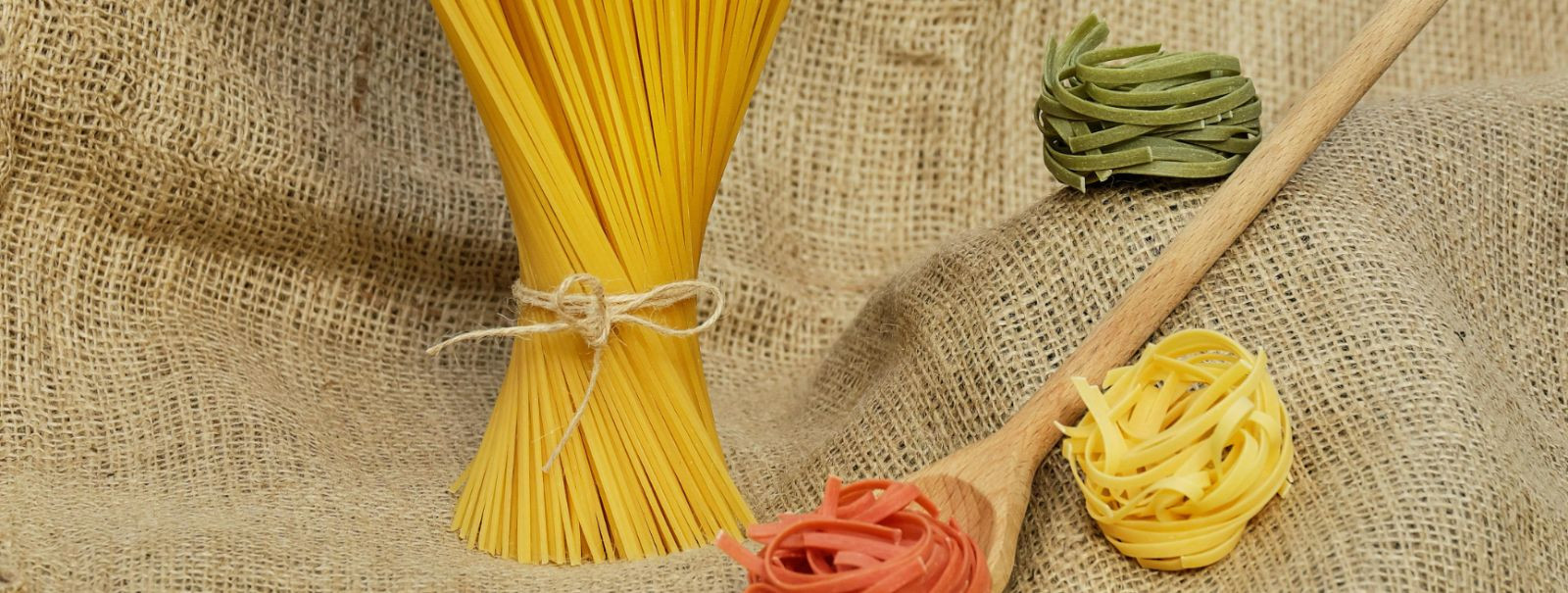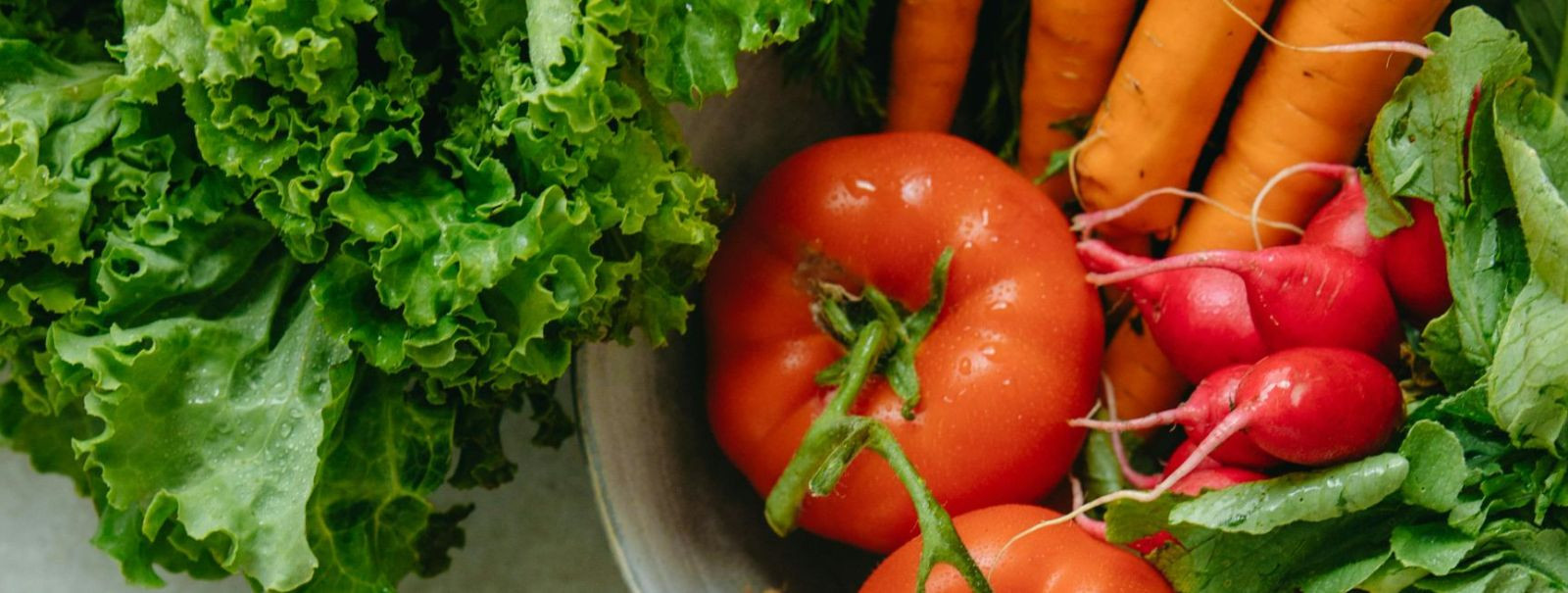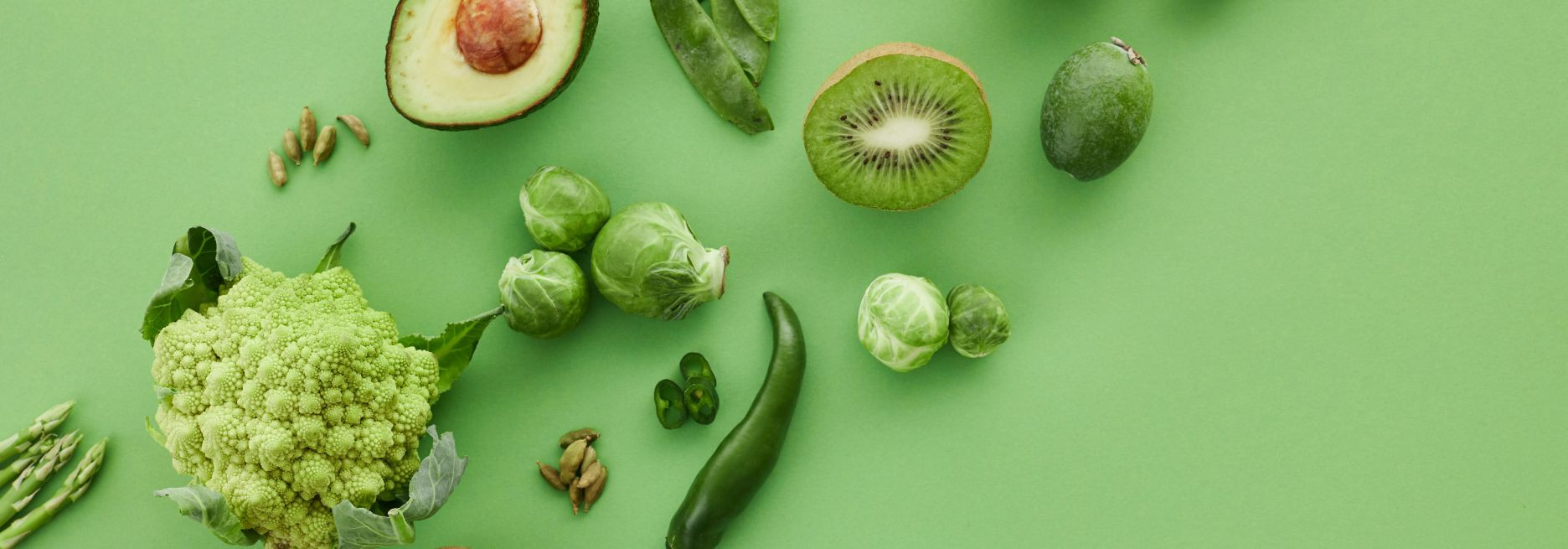The art of italian pasta making
Italian pasta making is not just a culinary process; it is an art form that has been perfected over centuries. For those who appreciate the nuances of gourmet cooking, understanding the intricacies of pasta making can elevate your culinary creations to new heights. This blog post delves into the rich history, essential ingredients, and traditional techniques that define authentic Italian pasta making.
The History and Cultural Significance of Pasta in Italy
Pasta is deeply embedded in Italian culture, with its origins tracing back to ancient times. It is believed that pasta was introduced to Italy by the Arabs during their conquest of Sicily in the 8th century. Over the centuries, pasta has evolved into a staple of Italian cuisine, symbolizing the country's rich culinary heritage and regional diversity.
Essential Ingredients for Authentic Italian Pasta
The foundation of authentic Italian pasta lies in its ingredients. The primary components include high-quality flour, fresh eggs, and a pinch of salt. The choice of flour, whether it be semolina or '00' flour, significantly impacts the texture and flavor of the pasta. Fresh, organic eggs contribute to the pasta's richness and color, making ingredient selection crucial for achieving the desired outcome.
Traditional Pasta Making Techniques
Flour and eggs are the heart of pasta dough. The type of flour used can vary depending on the desired pasta type. Semolina flour, made from durum wheat, is ideal for dried pasta, while '00' flour, finely milled, is preferred for fresh pasta. Eggs add moisture and richness, creating a pliable dough that is easy to work with.
Kneading is a critical step in pasta making, as it develops the gluten structure, giving the pasta its elasticity. The dough should be kneaded until it is smooth and elastic, which typically takes about 10 minutes. Rolling the dough to the desired thickness is equally important, as it affects the pasta's cooking time and texture.
Once the dough is rolled out, it can be shaped and cut into various forms. From the delicate strands of tagliatelle to the intricate shapes of orecchiette, each pasta shape has its own unique characteristics and is suited to specific sauces and dishes.
Regional Variations of Italian Pasta
Northern Italy is known for its rich and hearty pasta dishes, often featuring butter, cream, and cheese. Popular pasta types from this region include tortellini and tagliatelle, often paired with meat-based sauces.
Central Italy, particularly Tuscany and Umbria, is famous for its rustic pasta dishes. Pici, a thick, hand-rolled pasta, and pappardelle, wide ribbons of pasta, are commonly served with game meats and robust sauces.
In Southern Italy, pasta is often made with semolina flour and water, resulting in a firmer texture. This region is known for its simple yet flavorful dishes, such as spaghetti alla puttanesca and orecchiette with broccoli rabe.
Pairing Pasta with Sauces
The art of pairing pasta with the right sauce is essential for creating a harmonious dish. Lighter sauces, such as aglio e olio, complement delicate pasta shapes, while robust sauces, like ragù, are best suited for thicker pasta types. Understanding these pairings enhances the overall dining experience.
Tips for Perfecting Your Pasta Making Skills
To master the art of pasta making, practice is key. Start with simple recipes and gradually experiment with different shapes and flavors. Pay attention to the dough's texture and consistency, and don't be afraid to adjust the ingredients as needed. With time and patience, you can create pasta dishes that rival those found in the finest Italian restaurants.
Contact ITALSCAND OÜ today to source the finest authentic Italian ingredients for your culinary creations!






Comments (0)